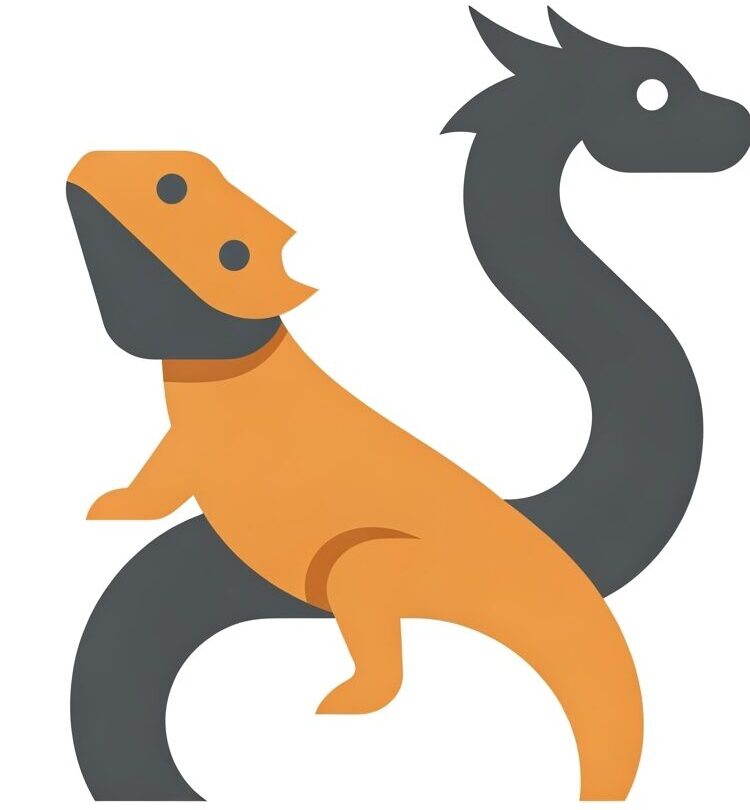Can Bearded Dragons Safely Eat Collard Greens? A Complete Guide
Bearded dragons are omnivores with specific dietary needs. Ensuring your dragon receives the right balance of nutrients is crucial for their health and longevity. This article explores whether collard greens can be a safe and beneficial addition to your bearded dragon’s diet.
The Short Answer (Is Collard Greens Safe?)
Yes, collard greens are a safe and nutritious option for bearded dragons and can be included as a staple green in their diet. They offer valuable vitamins and minerals and have a relatively good calcium-to-phosphorus ratio.
Nutritional Value / Potential Risks
Collard greens are packed with beneficial nutrients for your bearded dragon:
- Vitamins: They are a good source of Vitamin A, which is essential for healthy vision and skin, as well as Vitamin K, important for blood clotting. Vitamin C is also present, contributing to immune system health.
- Minerals: Collard greens contain calcium, a crucial mineral for bone health and preventing metabolic bone disease (MBD) in bearded dragons. They also provide fiber, aiding in digestion.
- Calcium to Phosphorus Ratio: The calcium-to-phosphorus ratio is relatively good in collard greens, which is an important consideration to avoid hindering calcium absorption. Aim for a ratio greater than 1:1.
- Oxalates: While collard greens do contain oxalates, which can bind to calcium and inhibit its absorption, the levels are low enough that they don’t pose a significant risk when offered as part of a balanced diet. Overfeeding should be avoided.
- Goitrogens: Collard greens contain goitrogens. Goitrogens are substances that can interfere with thyroid hormone production and may contribute to hypothyroidism. However, when given as part of a well-balanced and varied diet, this is unlikely to cause any issues.
How to Feed
Follow these guidelines when feeding collard greens to your bearded dragon:
- Preparation: Thoroughly wash the collard greens to remove any pesticides or dirt.
- Chopping: Chop the greens into small, manageable pieces. This helps prevent choking and makes it easier for your dragon to digest them.
- Frequency: Collard greens can be offered as a staple green, meaning they can make up a significant portion (around 50-75%) of the daily salad.
- Portion Size: Adjust the portion size according to your dragon’s age and size. A general guideline is to provide a salad that is roughly the size of their head.
- Variety: Remember to supplement collard greens with other safe vegetables and fruits to ensure a varied and balanced diet. Some great options include butternut squash, turnip greens, and small amounts of berries.
Important Considerations / Warnings
- Introduce new foods gradually: When introducing collard greens (or any new food), start with a small amount to ensure your dragon tolerates it well.
- Variety is key: Don’t rely solely on collard greens. A diverse diet is essential for optimal health.
- Observe for adverse reactions: Watch for any signs of digestive upset, such as diarrhea or vomiting, after feeding collard greens. If you notice anything unusual, discontinue feeding them and consult with a reptile veterinarian.
- Source matters: Buy organic collard greens when possible to minimize exposure to pesticides.
Conclusion
Collard greens are a healthy and safe addition to your bearded dragon’s diet when offered appropriately as part of a well-balanced and varied plan. Prioritizing a species-appropriate diet with the right balance of nutrients will contribute significantly to your dragon’s overall health and well-being. Always consult with a qualified reptile veterinarian for specific dietary advice tailored to your individual dragon.
